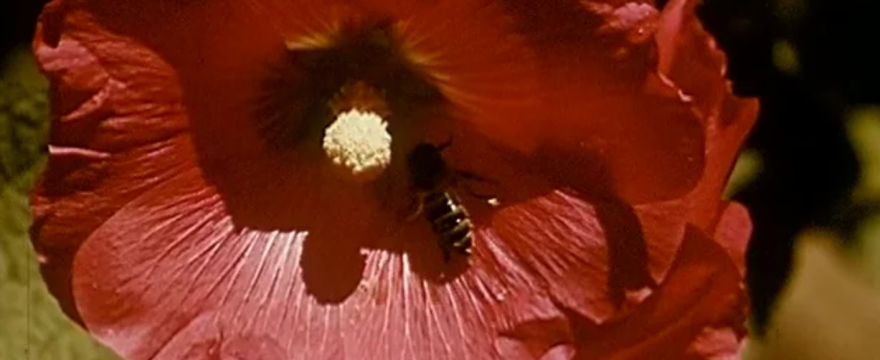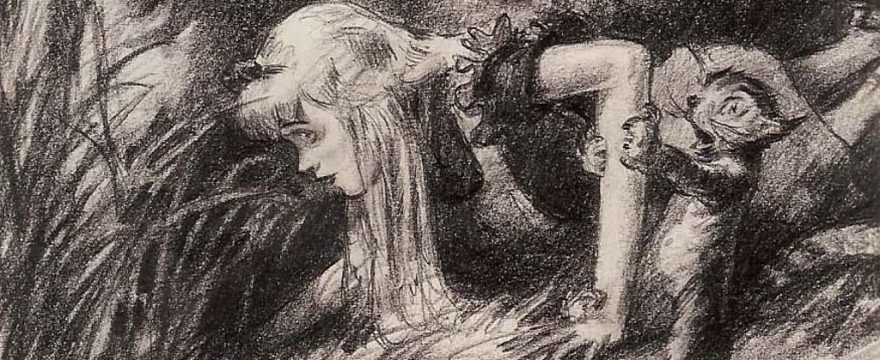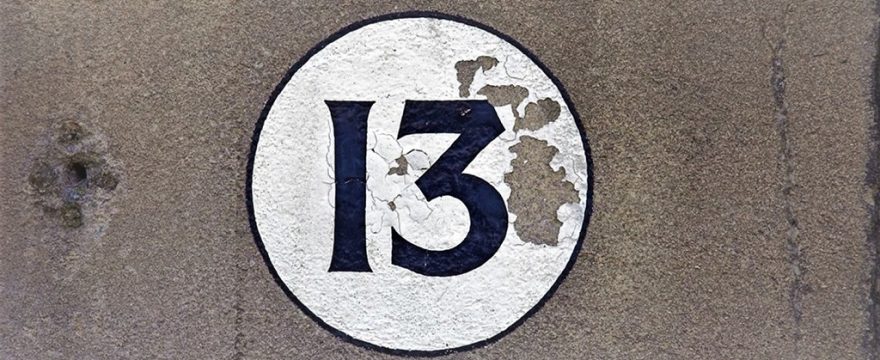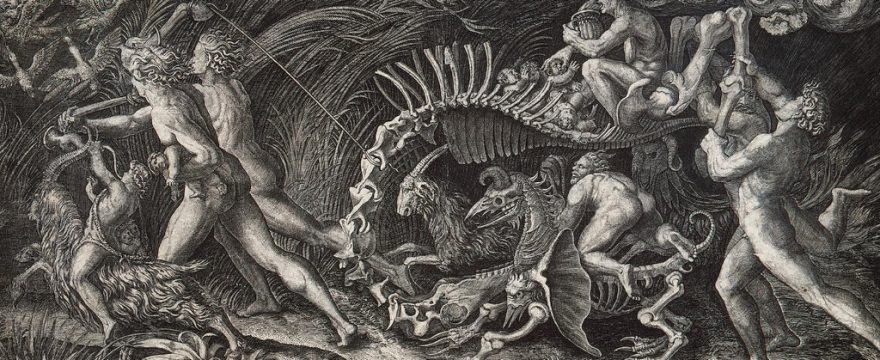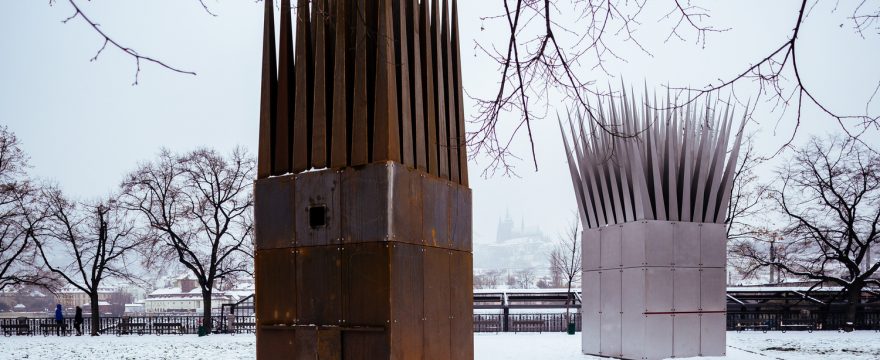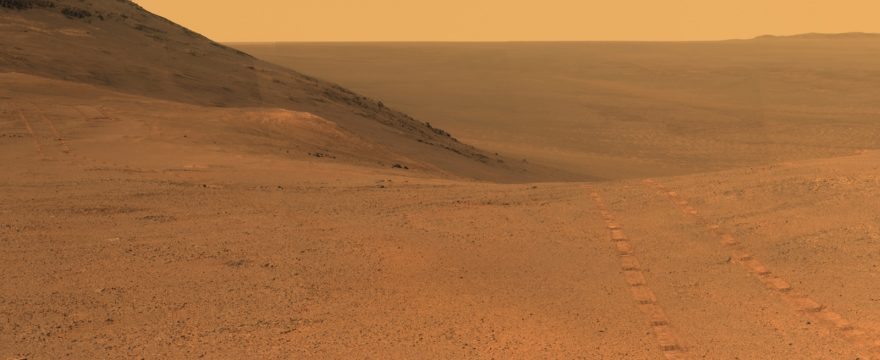String Bees is the result of an audio experiment in which a brief piece of spoken dialog was sonically analyzed, transcribed, and then orchestrated by a computer. …
Out of that Dark Hall and Wander
How she longed to get out of that dark hall and wander about among those beds of bright flowers and those cool fountains, but she could not even get her head through the doorway. "Oh," said Alice, …
Bundles of Superstition
Bundles of Superstition began as a spectral experiment. A short musique concrète work that was carefully assembled to explore the general properties of Isomer’s model analysis over a wide range of …
Other Tiny Magic
Other Tiny Magic is part of a series of artistic collaborations with custom software called Isomer using a process I call spectral deconstruction. How this process unfolded during the creation of …
Dead Man’s Palace
Dead Man's Palace is the result of a short piano improvisation I performed from some sketches. January 2017 | Fixed Media, Stereo To create the current recorded version, I exchanged the …
Radio Project: Valley of the Tharsans
After many long months of development and testing, I'm thrilled to announce Isomer's composition debut! And if that's not exciting enough, Isomer's first project was recently selected for programming …
Continue Reading about Radio Project: Valley of the Tharsans →
